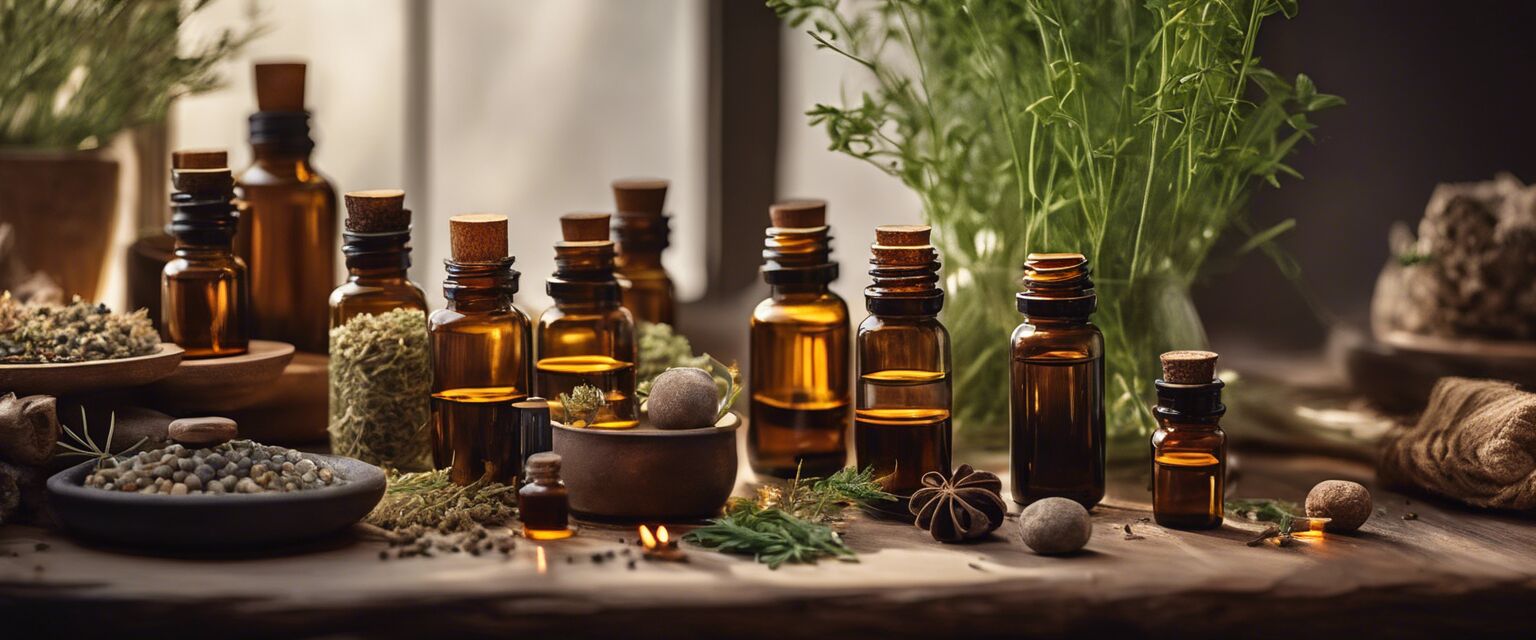
Techniques for Mindful Aromatherapy
Key Takeaways
- Mindful aromatherapy enhances relaxation and mental clarity.
- Choosing the right scents can uplift your mood and promote calmness.
- Blending essential oils increases their therapeutic effects.
- Incorporating scent into meditation enhances the experience.
- Practical techniques can be easily integrated into your daily routine.
Aromatherapy is a powerful way to enhance your wellness journey through the sense of smell. By practicing mindfulness with aromatherapy, you can create a sanctuary of calmness within your surroundings. This article discusses helpful techniques for selecting scents, blending essential oils, and incorporating aromatherapy into your meditation routine to deepen your mindfulness practice.
Understanding Aromatherapy
Aromatherapy involves using essential oils extracted from plants to promote physical and emotional well-being. The olfactory system of the brain is closely linked to our emotions and memories, making scent a direct pathway to achieve a mindful state. Below are some common aspects related to aromatherapy:
| Essential Oil | Common Uses |
|---|---|
| Lavender | Calming, relaxation, sleep aid |
| Peppermint | Energy boost, mental clarity |
| Eucalyptus | Refreshing, respiratory support |
| Tea Tree | Purifying, skin healing |
Selecting the Right Scents
One of the first steps in engaging with mindful aromatherapy is selecting the right scents. Here are a few techniques to help you choose:
- Identify Your Mood: Reflect on how you are feeling and what emotion you wish to evoke.
- Explore Your Preferences: Experiment with different scents to find what resonates with you.
- Use a Scent Journal: Document the scents you try and how they affect your mood or relaxation.
- Consider Seasonality: Select scents that align with the season; for example, floral scents in spring.
Blending Techniques
Blending essential oils can enhance their therapeutic properties. Here are some popular blending techniques:
- Base, Middle, Top: Create a balanced blend using oils from all three categories for a richer scent profile.
- Infusion: Combine oils to infuse a singular scent, enhancing the emotional response.
- Therapeutic Blends: Mix specific oils for desired outcomes like stress relief or invigoration.
- Scent Layering: Apply different scents in layers to create a complex aromatic experience.
Incorporating Aromatherapy Into Meditation
Using essential oils during meditation can enrich your practice. Here are straightforward steps to integrate aromatherapy into your meditation routine:
- Select a Quiet Space: Choose a calming area where you can meditate without distractions.
- Diffusion: Use a diffuser to disperse essential oils into the air, ensuring you have an aromatic environment.
- Inhale Mindfully: Before meditating, take a few deep breaths to inhale the scent and connect with it.
- Apply Topically: Use diluted oils on pressure points (like wrists and neck) to enhance your focus during meditation.
Safety Precautions
When practicing aromatherapy, it’s crucial to adhere to safety guidelines to prevent adverse effects. Keep these tips in mind:
- Always dilute essential oils before applying them to the skin.
- Conduct a patch test to check for allergies.
- Avoid using oils that are toxic to pets if you have them at home.
- Consult with a healthcare professional if pregnant or nursing.
Pros
- Enhances relaxation and emotional balance.
- Easy to incorporate into daily routines.
- Can improve meditation practices.
- Diverse options for scent selection and blending.
Cons
- Some scents may cause allergic reactions.
- Quality of essential oils can vary between brands.
- Requires some experimentation to find effective blends.
- Not all oils are suitable for topical application.
Key Products for Mindful Aromatherapy
While this guide focuses on techniques, having the right tools also plays a vital role. Consider investing in:
- Diffusers for creating aromatic environments.
- Massage oils to enhance relaxation through touch.
- Aromatherapy candles that burn softly, releasing gentle fragrances.
- Essential oil kits for sample scents and learning.
By following these techniques for mindful aromatherapy, you can create a sanctuary for both your mind and body, enhancing your well-being on multiple levels.
